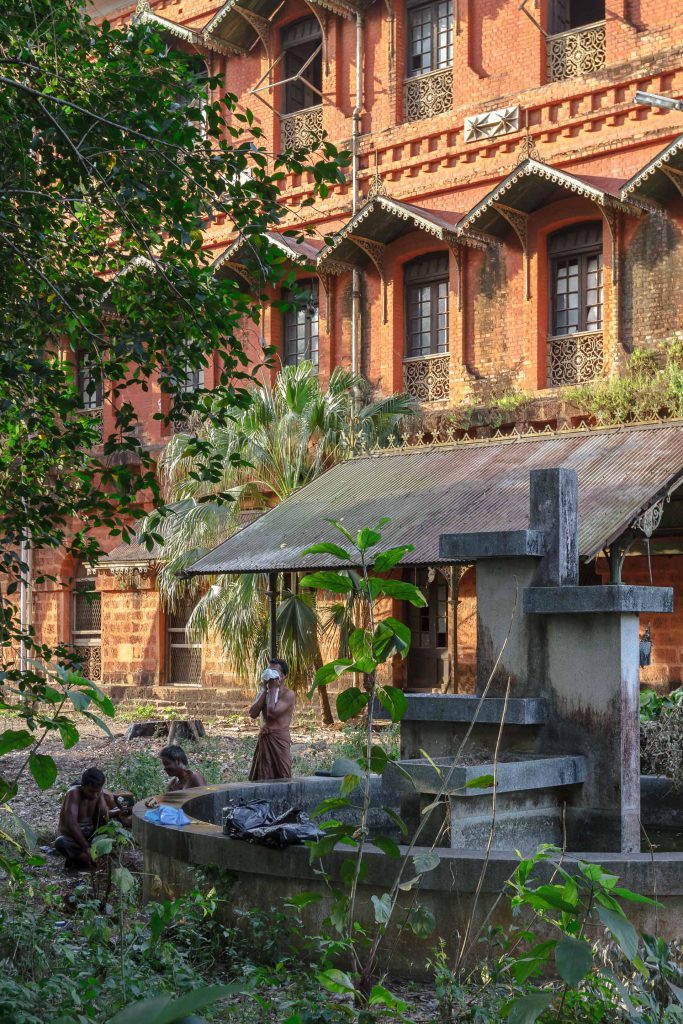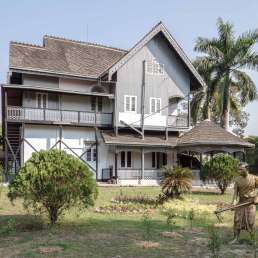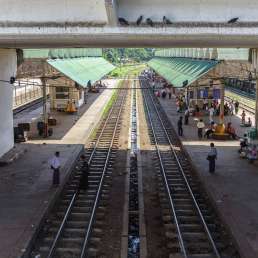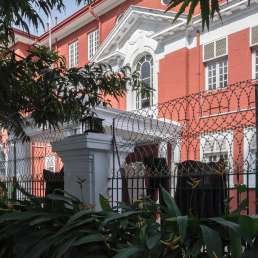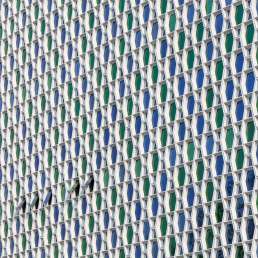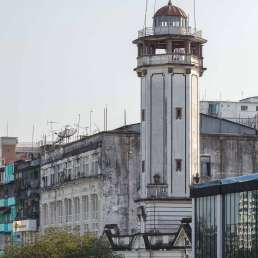Address: Bogyoke Road
Year built: 1877
Architect: Unknown
As one of the oldest surviving colonial-era buildings, the former Railways Company predates the Third Anglo–Burmese War in 1885. In 2013, extensive renovations began: these will place the building at the heart of the ambitious “Landmark” project, which is described in the section on the FMI Centre. Eventually Asian luxury group Peninsula will run a five-star boutique hotel within these walls. Local business tycoon Serge Pun planned to convert this building into a high-end office complex when he signed the original lease for the whole plot in the 1990s. However, the Asian financial crisis foiled the idea.
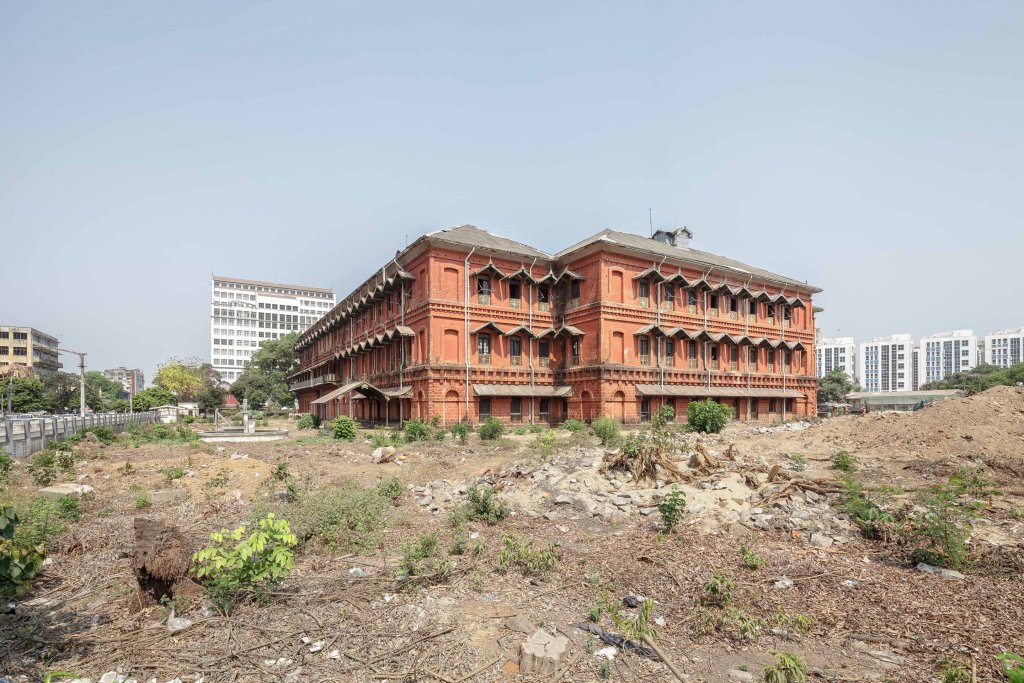
This busy intersection of Sule Pagoda and Bogyoke Roads is one of Yangon’s focal points: Bogyoke Market is nearby to the west, Sakura Tower and Sule Shangri-La are right across the street. The former Railways Company building can best be admired from that side. The laterite blocks on the first floor and the red bricks used everywhere else give the building its distinctive, glowing shade. The use of laterite also explains the structure’s durability compared to other colonial-era buildings. The ornate awnings dominate the façade from the Bogyoke Road side. They are cast from iron and were imported from Scotland. Singaporean firm Lapis, specialising in heritage conservation, has been contracted to oversee the renovation works. The building’s lack of maintenance prior to the renovation work was most visible in the inner courtyard. It will likely be covered with a glass ceiling once works are completed in a few years’ time.
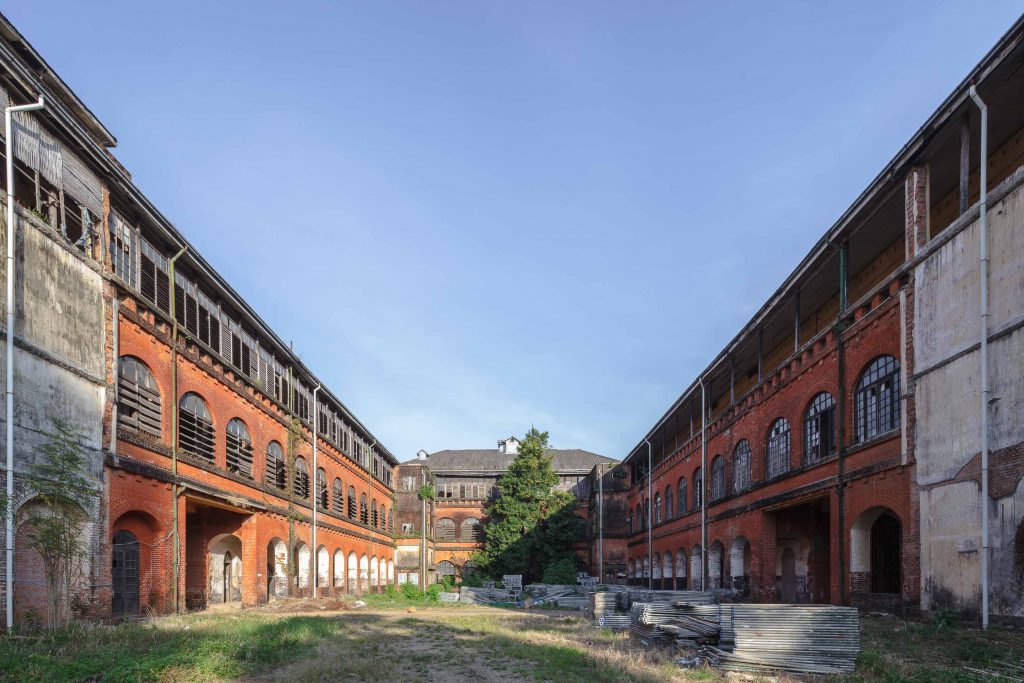
In the late 19th century, the growing railway system was administered from these premises. Coinciding with its completion, Burma’s first railway line opened in 1877 and connected Yangon with Pyay (Prome); a distance of 250 kilometres. The railways later became a private company. By 1909, the system expanded to a length of more than 2,400 kilometres, connecting about 250 stations and reaching up to the Chinese border. The famous viaduct across the Gokteik Gorge, north of Mandalay, opened in 1901. Built by US companies and using US steel, its maximum height is 100 metres, symbolising the vaulting ambition of those early railway entrepreneurs.
